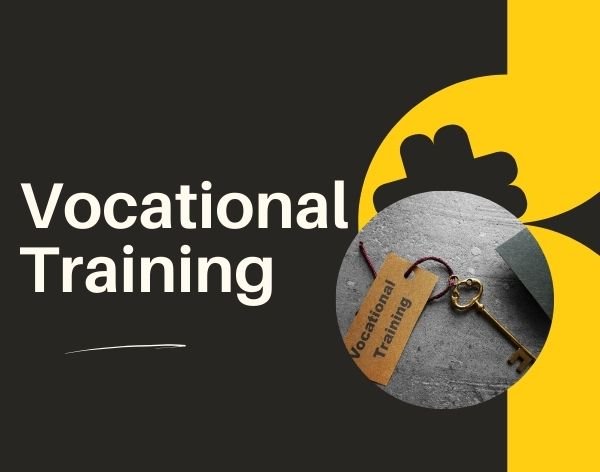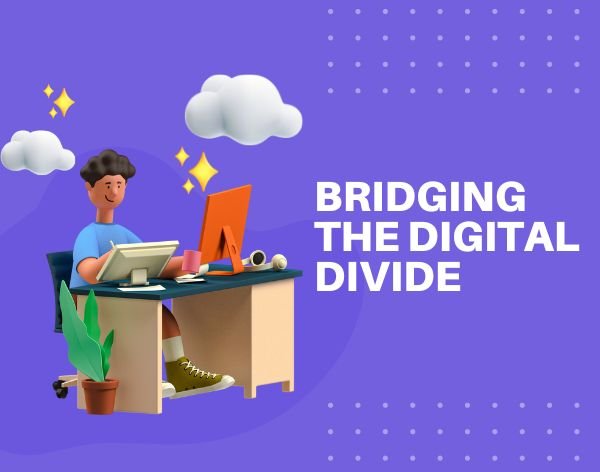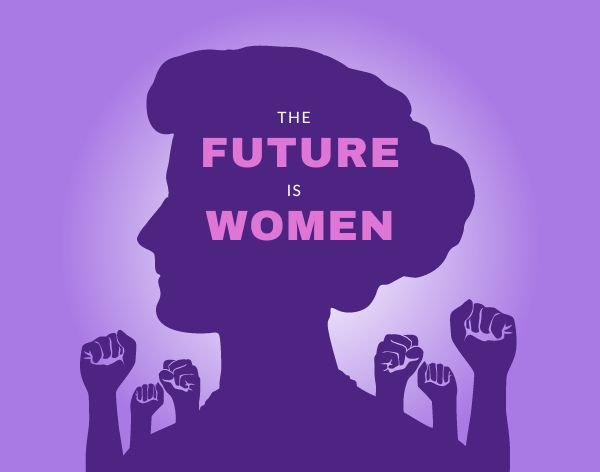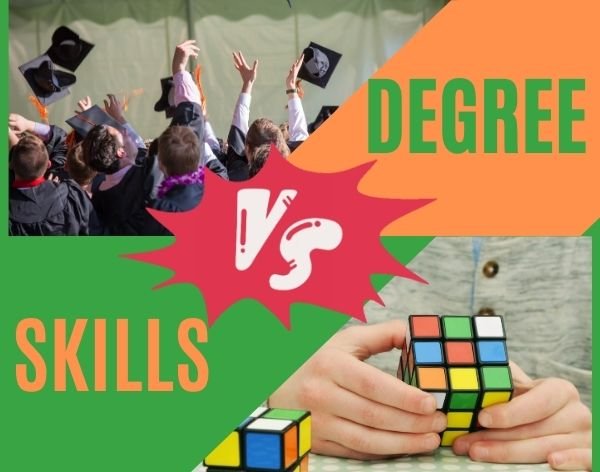
In recent years, the landscape of vocational education has been transformed by advancements in technology. Emerging technologies such as Artificial Intelligence (AI), Virtual Reality (VR), and Augmented Reality (AR) are revolutionizing the way vocational training is delivered, offering learners immersive and interactive learning experiences like never before.
AI-Powered Learning Platforms
Artificial Intelligence is being increasingly utilized in vocational education to personalize learning experiences and provide targeted support to learners. AI-powered learning platforms analyze student data to identify individual learning styles, strengths, and weaknesses, allowing instructors to tailor instruction to meet the needs of each student. Additionally, AI algorithms can provide real-time feedback and assessment, helping learners track their progress and identify areas for improvement.
Virtual Reality for Hands-On Training
Virtual Reality is transforming vocational training by providing learners with realistic and immersive environments to practice hands-on skills. VR simulations allow students to engage in complex tasks and scenarios in a safe and controlled setting, without the need for expensive equipment or physical resources. For example, in fields such as healthcare, VR simulations can replicate surgical procedures or patient care scenarios, allowing students to develop critical skills in a risk-free environment.
Augmented Reality for On-the-Job Training
Augmented Reality overlays digital information onto the real world, offering learners interactive and contextualized learning experiences. In vocational education, AR applications are being used to provide on-the-job training and support. For example, maintenance technicians can use AR-enabled devices to access real-time instructions and visual aids while performing equipment repairs, enhancing their efficiency and accuracy.
Interactive Learning Modules
Technology-enabled interactive learning modules are revolutionizing vocational education by providing engaging and interactive content that promotes active learning. Multimedia elements such as videos, simulations, and interactive quizzes make learning more dynamic and accessible, catering to different learning styles and preferences. Additionally, gamified learning experiences leverage elements of game design to motivate and incentivize learners, making vocational training more engaging and enjoyable.
Benefits of Technology Integration
The integration of emerging technologies into vocational education offers numerous benefits to learners, instructors, and educational institutions alike. By providing immersive and interactive learning experiences, technology enhances student engagement, retention, and comprehension. Additionally, technology-enabled vocational training programs are more flexible and accessible, allowing learners to study at their own pace and convenience. From the perspective of instructors and educational institutions, technology streamlines administrative tasks, facilitates data-driven decision-making, and expands the reach of vocational education to a wider audience.





